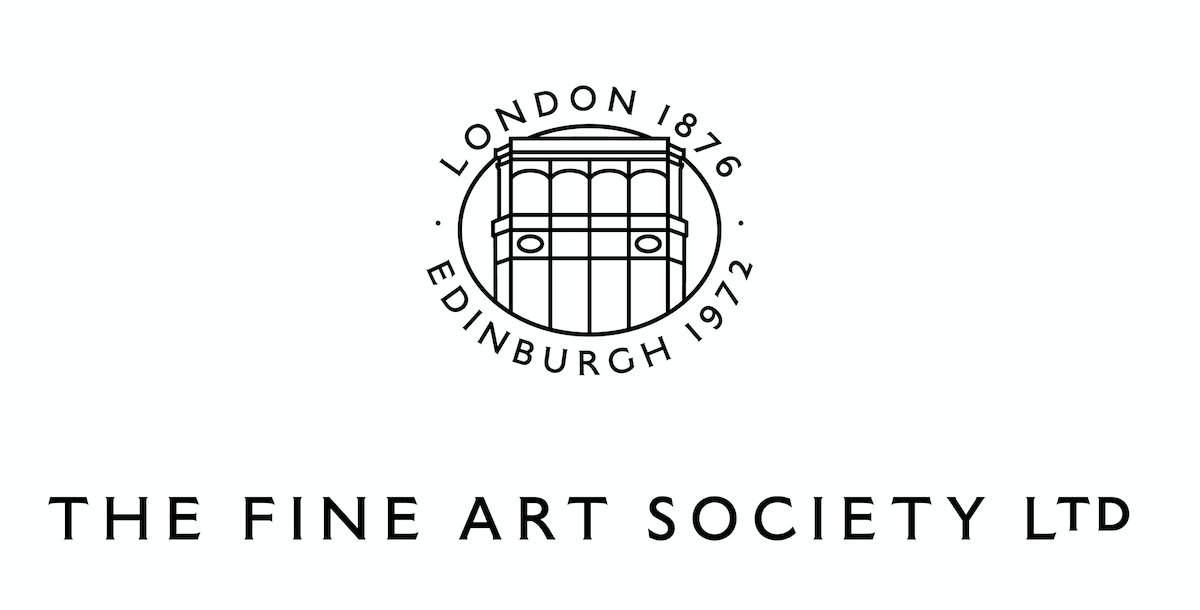The finished painting can be analysed against two contemporary images taken whilst Minton was working on the Portrait of Eric Verrico. The first, a sketch for the original composition, highlights how Minton altered Verrico’s features, transforming the sitter’s rounded jaw, fuller face, and unkempt, foppish hair into a more striking version of his lover. Complete with a strong jawline, and narrowed face that emphasises the elegance of the neck, Minton’s alteration makes the portrait markedly different to the other portraits of Verrico, which are presumably closer to reality.
The second comparative image is a photograph by Felix H. Man, taken of Minton with the painting around 1948. Likely taken in his studio at 37 Hamilton Terrace, the photograph illustrates a version of the painting prior to its reworking. Those familiar with Minton’s own striking physical appearance – particularly his slender face and deep brown, saucer-like eyes – might suspect him of having transmuted something of himself over Verrico’s visage. Minton explained, when speaking of the influence of William Blake through his work, that “there is no more revealing personality than the visual artist: for a man will paint only of himself and of the things he knows.” Despite this, many of Verrico’s features remain consistent between sketch and painting: his tousled fringe and the strong brow, the pronounced cleft of his top lip, the toned arms, the open neck collar of his shirt just below the Adam’s apple, and the particular position of his body, sat aslant in the chair.
Either by force (under his parent’s orders) or by choice, Verrico joined the RAF, and left Minton’s life in 1949. This is the last known portrait Minton made of him. The Portrait of Eric Verrico is demonstrative of the many significant themes of Minton’s oeuvre, particularly the ideal of youthful, male beauty. It is a sensitively constructed distillation of Eric’s own beautiful features, delivered with the dignity of a formal portrait - an amalgam of realities in one.
[1] - John Minton in a letter to Michael Middleton, 12 October 1940
[2] - ibid.
[3] - Spalding, Frances (2005), John Minton: Dance Till the Stars Come Down, Lund Humphries, London. p.88.







